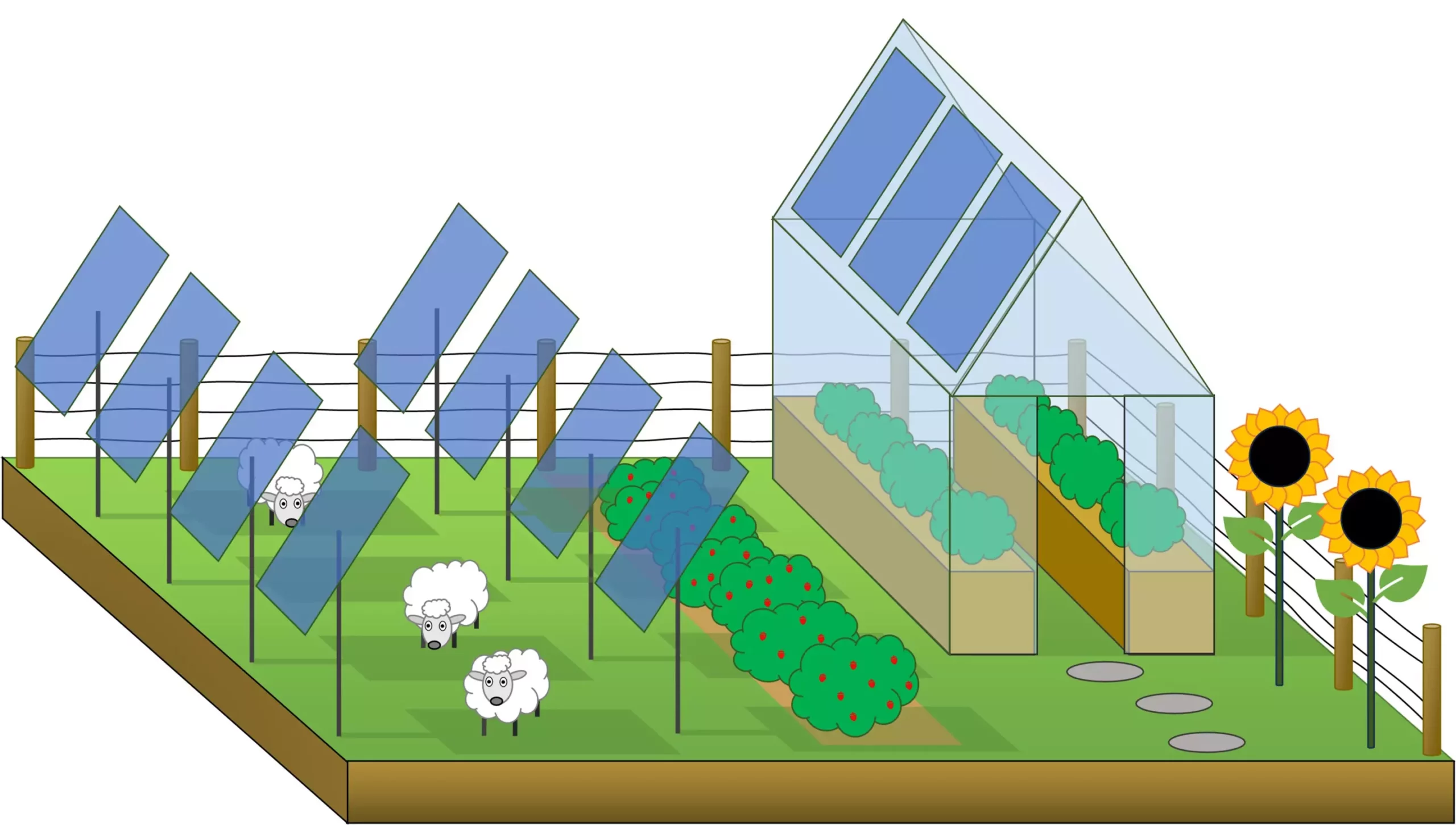Recent developments in renewable energy are leading researchers to uncover novel methods for integrating solar power generation with agricultural practices. A team from Swansea University has spearheaded an initiative utilizing semi-transparent photovoltaic (PV) materials that not only produce electricity but also foster optimal crop growth. Their recent findings, published in the journal Solar RRL, mark a significant milestone in the field of agrivoltaics, where technology meets sustainable agriculture.
A New Analytical Tool for Global Application
At the core of this innovative research lies a novel freeware tool designed to evaluate various PV materials’ capabilities across different geographical settings. This advanced tool takes into account the light transmission, absorption characteristics, and overall power generation potential of available photovoltaic materials based on precise geographical, physical, and electrical measurements. According to Austin Kay, a key researcher and Ph.D. candidate involved in the study, this technology could serve as a crucial asset for balancing sustainable food production with energy generation, ensuring that both crops and electricity needs are met effectively.
A pivotal aspect of selecting appropriate PV materials revolves around the specific wavelengths of light they can absorb. The concept of bandgap is critical here: materials with a wider bandgap can harness higher-energy, shorter wavelength light (like blue), while those with a narrower bandgap focus on lower-energy, longer wavelength light (like red). This differentiation is vital because plants predominantly utilize red and blue wavelengths for photosynthesis, while reflecting green light. By fine-tuning the properties of semi-transparent PV panels, researchers can enhance the light conditions that crops rely on, ultimately maximizing both energy efficiency and crop yield.
Potential Benefits of Agrivoltaics
The implications of integrating solar panels into agricultural landscapes extend beyond just energy efficiency. By optimizing agrivoltaics, the agricultural sector could see significant strides toward decarbonization, establishing a dual-purpose system that supports food security in tandem with clean energy production. Associate Professor Ardalan Armin, who leads the project, emphasizes the dual benefits: “This innovative coupling of solar technology with agricultural practices can create a sustainable model for future food and energy needs.”
The versatility in implementing PVs into agricultural settings is another advantage. Solar panels can be installed on greenhouse roofs or utilized as protective shelters for livestock, offering a multifunctional solution that minimizes impact on farming output. There are even potential cost-saving benefits; for instance, using livestock to manage vegetation around the panels can reduce maintenance costs. Nonetheless, this integration does require careful planning to prevent issues such as livestock damaging PV panels, thereby underscoring the need for thoughtful livestock selection.
The groundbreaking research from Swansea University showcases the potential of agrivoltaics to transform how we think about agricultural and energy production. By developing tools that aid in the selection and optimization of PV materials, scientists are paving the way for a future where food and energy are produced sustainably and synergistically, addressing some of the pressing challenges of our time. As the world continues to prioritize green solutions, innovations in the intersection of agriculture and renewable energy will be vital in achieving a balanced ecosystem.


Leave a Reply